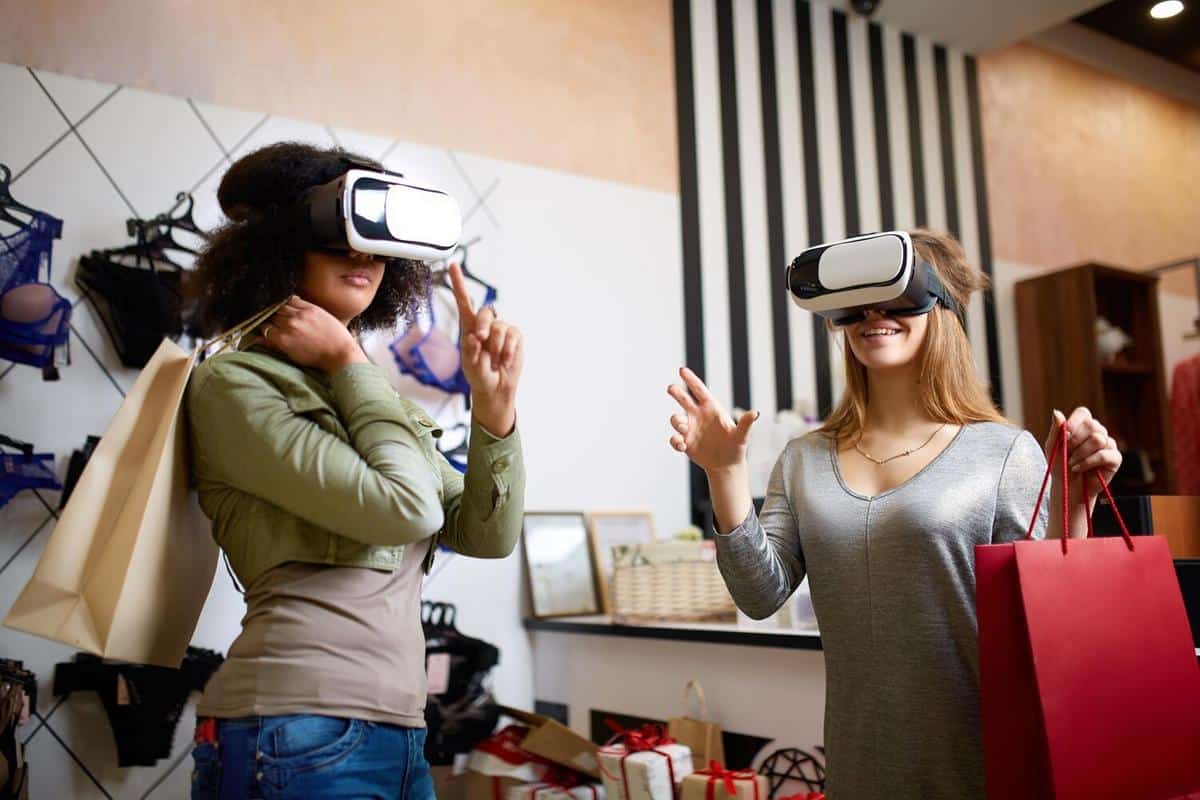
How Virtual Reality is Enhancing the Retail Experience
Imagine stepping into a store without leaving your living room—this is the power of virtual reality (VR) in the retail sector today. As technology evolves, VR is not just a futuristic concept but a transformative tool reshaping how consumers shop and interact with brands.
Revolutionizing Retail with Virtual Reality
Virtual reality is no longer confined to gaming or entertainment; it has carved a significant niche in the retail industry. According to a report by Statista, the VR and AR retail market is projected to grow to over $1.6 billion by 2025. This growth is driven by the immersive and interactive experiences VR offers, allowing consumers to explore products in a completely new way.
Expert Insights on VR in Retail
Industry experts highlight VR’s potential to enhance customer engagement. David Smith, a technology analyst, notes, “VR provides retailers with the opportunity to create personalized shopping experiences that can increase customer satisfaction and loyalty.” This sentiment is echoed by many in the tech community, acknowledging VR’s role in transforming traditional shopping methods.
Innovative Applications of VR in Retail
Several retail giants have already embraced VR to provide virtual tours of their stores, allowing customers to navigate through aisles and examine products as if they were physically present. For instance, a popular furniture retailer uses VR to help customers visualize how a piece of furniture would look in their homes, reducing buyer uncertainty.
Statistics Highlighting VR’s Impact
| Year | VR Retail Market Value (in Million USD) |
|---|---|
| 2020 | 450 |
| 2021 | 750 |
| 2022 | 950 |
| 2023 | 1,200 |
| 2024 | 1,400 |
| 2025 | 1,600 |
Personal Anecdotes
Jane, a frequent online shopper, shares her VR experience: “Trying out a virtual fitting room was a game-changer for me. I could see how clothes would fit before purchasing, which made online shopping much more reliable.” Stories like Jane’s illustrate the practical benefits VR brings to everyday consumers.
Actionable Tips for Retailers
- Start small by integrating VR in specific areas such as virtual fitting rooms or product demos.
- Invest in quality VR content to ensure a seamless and engaging customer experience.
- Continuously gather customer feedback to refine and enhance VR offerings.
Challenges and Considerations
While VR presents exciting opportunities, it’s important to consider the investment in technology and training required. Retailers must also address potential accessibility issues to ensure all customers can benefit from VR experiences.
Frequently Asked Questions
How does VR enhance the retail experience?
VR allows customers to interact with products in an immersive environment, improving the shopping experience by providing more information and reducing uncertainty.
Is VR expensive for retailers to implement?
While initial costs can be significant, the long-term benefits of increased customer engagement and sales can outweigh the investment.
Conclusion
As virtual reality continues to evolve, its integration into the retail sector promises to redefine how consumers shop and interact with brands. By embracing this technology, retailers can offer innovative and immersive experiences that not only meet but exceed customer expectations. As more companies adopt VR, the retail landscape is set to become more dynamic and customer-focused than ever before.